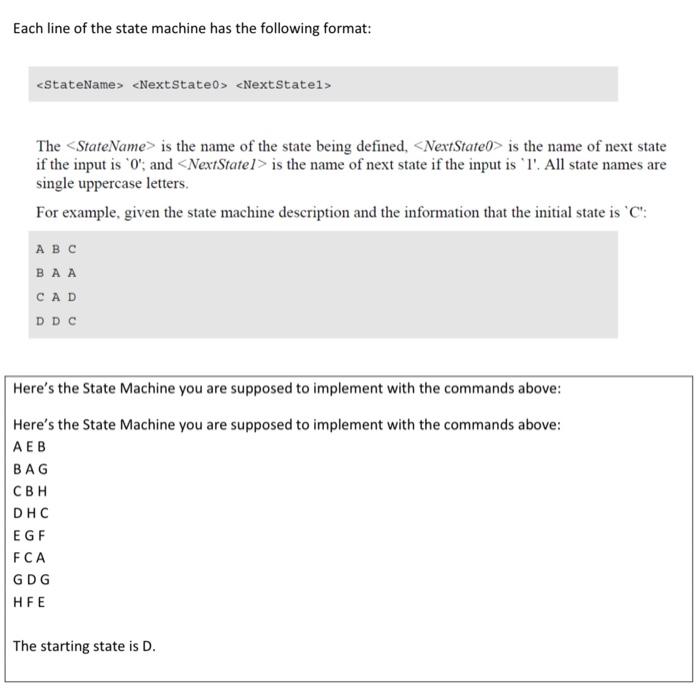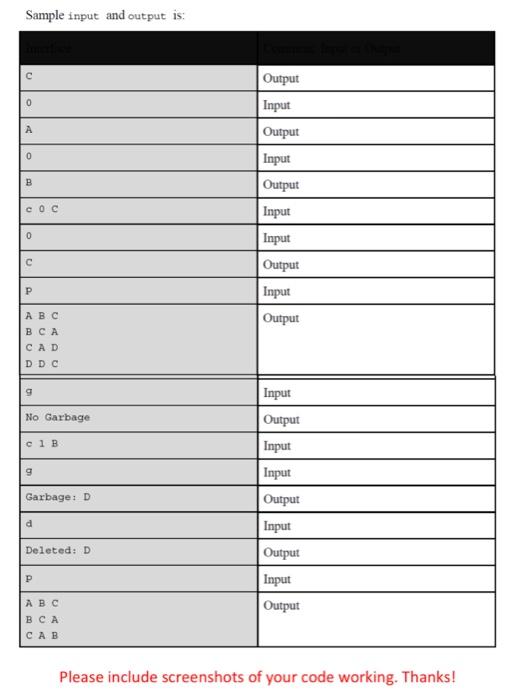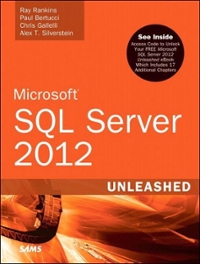Answered step by step
Verified Expert Solution
Question
1 Approved Answer
The requirements of the program in Care summarized below. 1. Create an executable program simState (based on C source code) that is able to respond




- If the 'd' command is followed by an argument that it the valid name of a state, it should print out either the message: Deleted if the state is not reachable and not already deleted. Otherwise, it should print out the message: Not deleted. If a state is successfully deleted, it should no longer appear in the list of states produced by the print command and it should be disallowed as a final argument to the change command. Each line of the state machine has the following format:
Step by Step Solution
There are 3 Steps involved in it
Step: 1

Get Instant Access to Expert-Tailored Solutions
See step-by-step solutions with expert insights and AI powered tools for academic success
Step: 2

Step: 3

Ace Your Homework with AI
Get the answers you need in no time with our AI-driven, step-by-step assistance
Get Started


